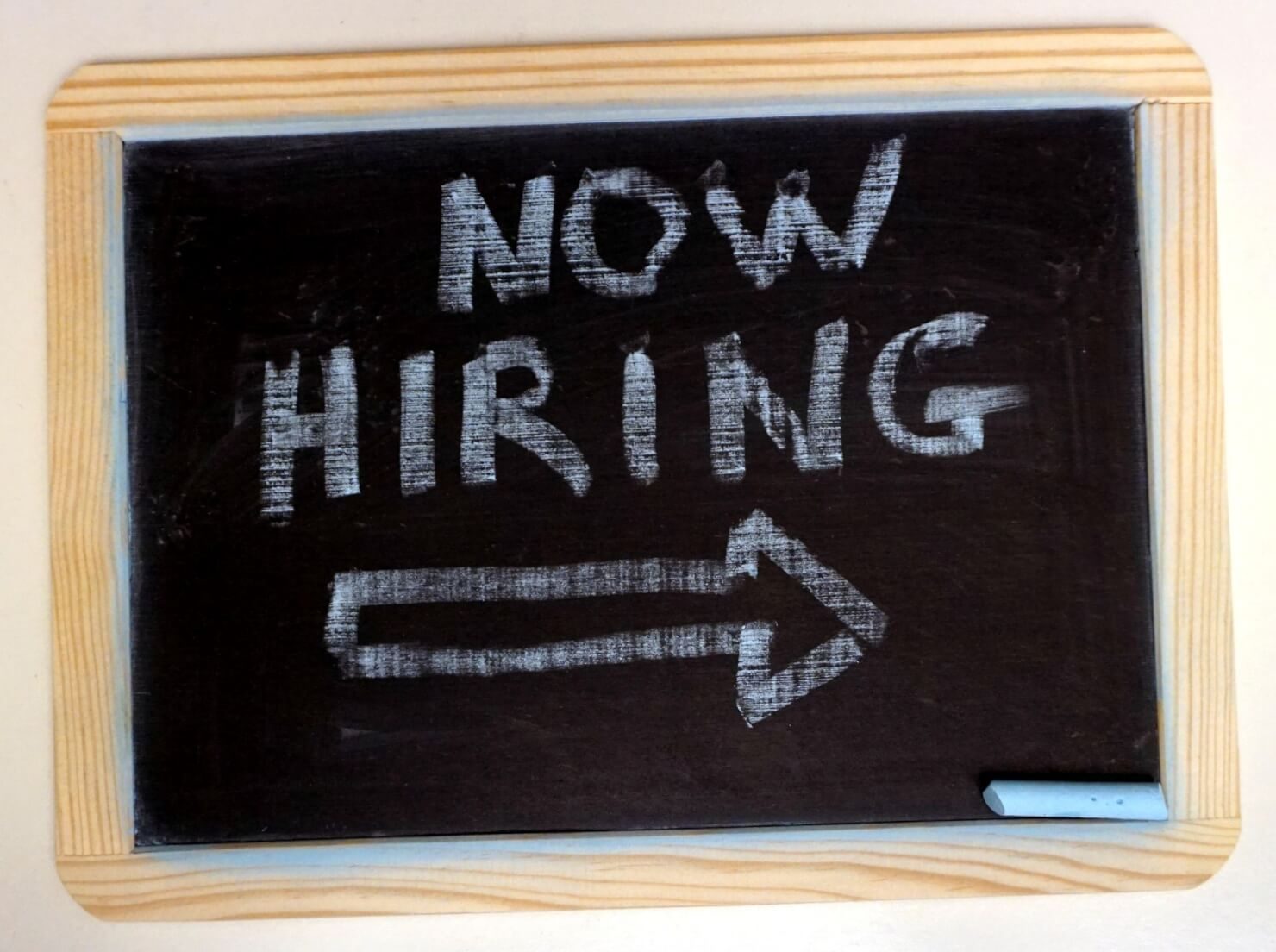How To Collect Invoices To Avoid Cash Flow Issues
Unpaid invoices are one of the top causes of cash flow issues for small businesses. This is not to say that your clients actively want to hurt your business, but you may have obligations to your clients to give them a window to pay. In many cases, clients may wait until the final hour of that window to make a payment, which they have every right to do. Unfortunately, this means that you might have to go weeks or perhaps even months without bringing cash in from your invoices.
Fortunately, there are a few different ways to manage the collection of invoices so that you can avoid or at least reduce the frequency of cash flow issues. First, we will examine how you can set up the best payment terms for your business (and your clients), and then we will see how you can handle the issue of unpaid invoices directly. Finally, if you’re still struggling with collecting invoices, companies like Payro Finance can provide small business loans for payroll to help you keep your workforce paid, even when you’re experiencing cash flow issues.
Set Up Payment Terms That Work For Your Cash Flow
Payment terms offer you a way to have greater control over when clients pay their invoices. Naturally, you may still have some overdue invoices, but setting a hard date on which the invoice must be paid in full is enough to make most clients comply with your wishes. That said, while setting very short, strict payment terms can greatly reduce your cash flow issues, it can also potentially damage relationships with your clients.
For example, if you send out invoices with payments that are due upon receipt or “cash on delivery” (COD), this literally gives your clients no time to manage their finances properly before making a payment. This could lead them to make a late payment, contact your business to complain, or make the payment and then begin looking for an alternative provider of your products or services. In any case, setting up immediate payment terms may help keep cash coming in quickly, but it can be extremely inconvenient for the individuals and businesses that need to pay you. Consequently, most companies offer a preset window as an integral part of their invoice payment terms.
There are four standard invoicing terms that businesses typically use on their invoices: Net 15, Net 30, Net 60, and Net 90. These terms are all relatively straightforward, as they reflect the number of days the client has to pay from the invoice date. For example, if you issue an invoice on January 15th with Net 15 payment terms, the client would have until January 30th to pay the invoice in full.
The standard payment term across most industries is Net 30; this gives clients a full month to pay the invoice. However, some industries like healthcare have legal obligations on how much time they must afford a patient or business to pay. Additionally, the nature of your industry may require you to give clients more time to make large payments. As a result, you can choose to use Net 60 or Net 90 to give your clients two to three months to pay.
While clients generally appreciate any kind of payment window, the longer they have to pay, the easier it is to manage their own cash flow. Unfortunately, this creates an inverse relationship between your business’ cash flow and the cash flow of your clients. In other words, they might be happier if you give them three months to pay, but this means you could run into frequent cash flow issues if all of your invoices could take up to three months to be paid in full.
Handling Unpaid Invoices
Even if you find a healthy balance for your payment terms, you will likely still run into issues with the collection of invoices that have yet to be paid. For longer payment terms like 60 to 90 days, it is always a good idea to send friendly reminders via email when the due date is approaching. For example, if the payment is due in 60 days, you may send an email reminding the client of the payment at the 50-day mark.
Typically, these emails should not only make it clear when the payment is due, but they should also make it easy for the client to make the payment on the spot. You may include a link for direct payment or information regarding the types of payment you accept (whether you accept payment via credit card, PayPal, wire transfer, etc). This way, you increase the chances that the client will actually engage with the email and make the payment as quickly as possible.
However, once you are dealing with past due invoices, the reminders should become more frequent. Sending one or two friendly reminder emails may not be sufficient if you have unpaid invoices that are weeks or even months overdue. In this case, you would need to send past due notices via email, standard mail, and phone. Ideally, if you can get your client on the phone, you can arrange for a payment to be made on the spot. Alternatively, you can set up a payment plan that meets the client’s needs and allows you to get the money you are owed over a set period of time.
If the client shows no intention of paying their bill, then you can move on to more stringent measures. For example, if the client works with you regularly and requires your services for their business, you can tell them that you will not process future orders until the payment is made. When all else fails, you can always send the invoice to collections. However, remember that this should only be used as a last resort. Sending a client’s debt to collections means that you no longer need to contact the client for payment and the client will not be required to make a payment directly to you. Instead, a collections agency will pursue payment on your behalf and you will receive a portion of the full payment, with the agency collecting the rest for its services.
Managing Cash Flow Problems Due To Unpaid Invoices
While the tactics above will improve your chances of getting paid promptly, they will not always solve potential cash flow problems. If your company has long payment terms and/or dozens of unpaid invoices, that means that you could have limited funds with which to run your business. More often than not, this results in reduced productivity and delayed payroll.
Fortunately, payroll financing (also known as payroll funding) could be the best solution to your cash flow problems. With a payroll financing company like Payro Finance, you can take out a short-term business loan to ensure that your employees continue to receive their paychecks on time while you wait for invoices to be paid. This way, you don’t have to worry about any part of your business grinding to a halt just because you are temporarily short on cash.
So, are struggling to collect unpaid invoices? Do you think that small business loans for payroll could be right for you? If you’re interested in learning more about the advantages of payroll funding, feel free to reach out to Payro Finance today!
Morris Reichman
hello@payrofinance.comMorris Reichman is the founder and CEO of Payro Finance. Former Vice President at Infinity Capital Funding an alternative finance company, Morris possesses a versatile background in the finance industry. Having spent 7+ years working across global macro operations and start up corporate finance Morris's expertise is in business accounting, risk management and investment analysis. Morris founded Payro Finance to support business owners and ensure their business continuity.
Need a short-term loan to cover payroll?
Apply in under two minutes, and get approved within 2 days. Once approved, funds are in your account the same day.
- Always 1.5% weekly
- Up to $500,000
- Same-day funding


